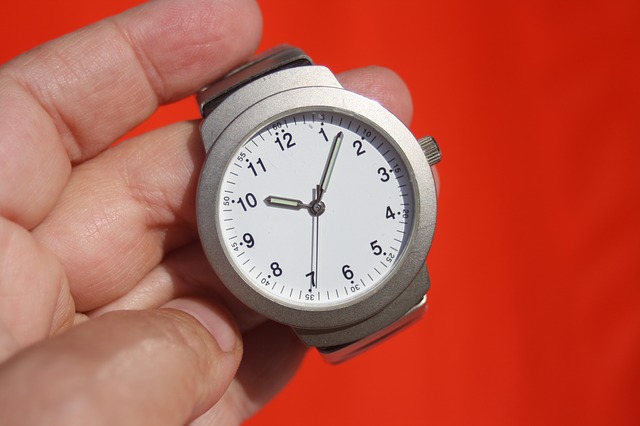Windows 10 Active Hours Helps Prevent Unexpected Windows Update Related Restarts
There has been a couple of articles this week talking about unexpected system restarts after Windows updates are downloaded and installed and how to avoid them by performing manual updates. There is a built in easier way to manage all of that in Windows 10.

In the last two days, there have been a couple of articles talking about updates on Windows 10 and their associated system restarts.
One used examples ranging from 2007 to present day and included issues with Windows Update in Windows 7 and Windows 10.
The other one recommended one way of avoiding these unexpected restarts by proactively checking for Windows Updates as part of a routine that keeps update cycles short since there is less to download each time. Then you just restart for those updates that require that step while you are there actively installing the updates under your direct supervision.
Now I understand Windows Update has always been a Pro/Con type of process. For myself, on every version of Windows I have run over the years, I always actively sought out updates when I was expecting them at their typical release point such as Patch Tuesday each month. In addition, I keep an eye out on social media for unexpected updates such as out of cycle patches for seriously critical issues.
Part of the problem with older versions of Windows before the mandatory updates of Windows 10 was the fact that the end user could turn off automatic updates and either ignore the alerts about this being turned off or tell the OS to no longer remind them it is turned off. That results in infected, very unstable systems and a state of affairs Microsoft does not want to revisit.
Ultimately, that pile of mandatory updates which needed to be installed but have been deferred, would begin that process during a reboot and most likely right when the end user had zero interest in being without their device for an extended period of time.
Now we have Windows 10 and on the Home SKU of the OS, updates are mandatory and get installed without much action needed from the end user. Although there is talk about a new feature in the upcoming Creators Update for the Professional, Enterprise, and Education SKUs of Windows 10 that will allow users to defer updates for a 35 day period, it does not mean updates will not eventually need to be installed however, it appears that 35 day window will also include a scheduling facility to control when those updates do ultimately get installed.
Here in our home network, where all of the devices are running Windows 10, I keep my wife's PC set to automatically update and I use a feature in Windows 10 called Active Hours to establish a period of time to not reboot the PC for updates.
In the Windows 10 Anniversary Update this window is limited to a maximum of 12 hours however, for most users there is likely a solid 12 hour period that the device is not going to be in use and a restart will not have any negative impact. In 18 months this system has never rebooted while being used by my wife with Active Hours set.
The latest testing builds of the next major feature update to Windows 10, the Creators Update, has taken Active Hours and extended that window of active usage to a maximum of 18 hours.
That still effectively leaves 6 hours of each day that Windows Update can restart the system in order to avoid interfering with the end user. I have to believe that each user has a six hour window they do not need to be on their device each day.
This tweak is a positive step forward with minimizing the disruptions described in that one article this week about and also allows you the freedom to let your system update itself as necessary and not require that you check for Windows Updates every days as the other article suggested. Although the features in the Creators Update builds could change since they are pre-release, I do not expect this to be modified further although even cutting this down to just a 3 or 4 hour window for updates would suit many Home users just fine.
But, wait...there's probably more so be sure to follow me on Twitter and Google+.
About the Author
You May Also Like
.jpg?width=100&auto=webp&quality=80&disable=upscale)
.jpg?width=400&auto=webp&quality=80&disable=upscale)






.jpg?width=700&auto=webp&quality=80&disable=upscale)
